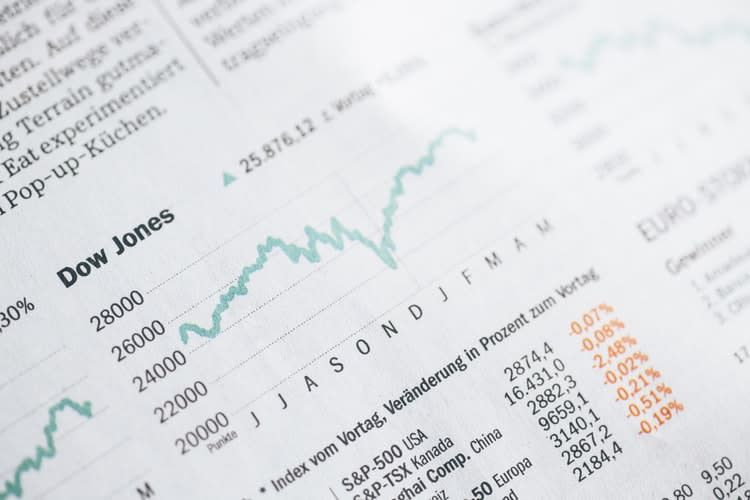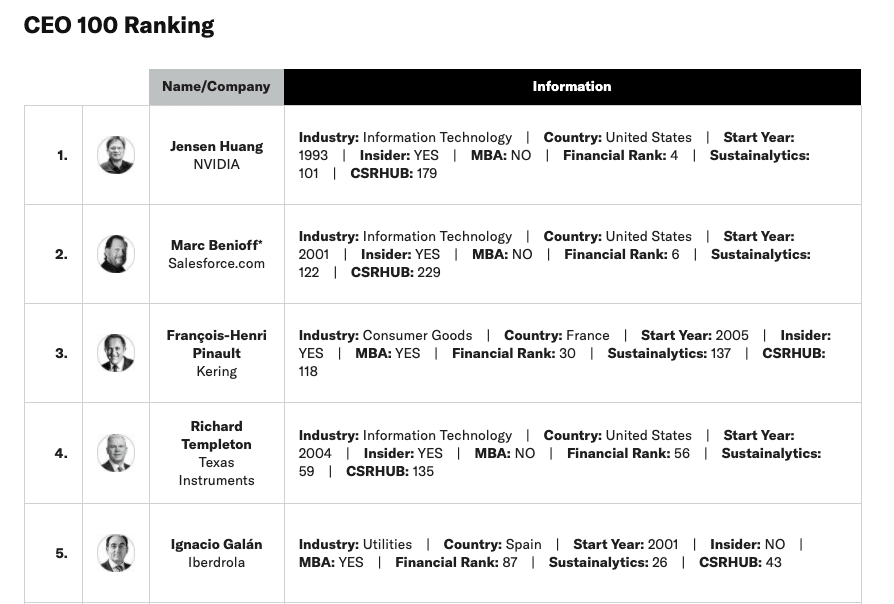How do investors measure companies? Traders possess a panoply of criteria to judge a company’s financial performance, from profitability ratios and cash flow statements to beta and EBITDA. For many traders, this criteria is enough. Yet savvy investors prefer to look beyond the bottom line and consider a business’s environmental, social, and corporate governance (ESG).
What is Environmental, Social, and Corporate Governance?
Environmental, social, and corporate governance captures the three key categories for assessing a company’s sustainability and social impact. These ESG criteria play an important and growing role in how businesses and investors evaluate company performance.
Here is a quick look at questions that influence ESG investing:
Environmental criteria
- How does a company limit pollution and waste?
- What does a company do to combat climate change?
- How does a company display stewardship with natural resources?
- In what ways does a company realize opportunities to improve the environment?
Social criteria
- How does a company protect, nurture, and manage its human capital?
- What does a company do to ensure product safety and quality?
- How does a company practice ethical sourcing and supply chain practices?
- In what ways does a company realize opportunities to give back to its local, national and/or global communities?
Governance criteria
- How does a company distribute ownership and control?
- What does a company do to ensure leadership diversity and equitable pay?
- How does a company ensure ethical accounting and tax practices?
- In what ways does a company guard against corruption and anti-competitive practices?
The History of ESG Investing
Factors beyond financial return have always guided stewards of capital, but only recently has ESG investing gained traction as a category.
In the mid-20th century, ESG issues began to factor more strongly into institutional investors’ decisions. Large pension funds in the 1950s and 1960s developed socially responsible investing strategies that focused on community endeavors like health facilities and affordable housing projects. Meanwhile, fund managers and individual investors excluded stocks and industries from their portfolios based on social principles. In the 1970s, shareholders withdrew their equity from South African companies to protest the country’s apartheid regime. Activist investors and coalitions have since adopted this divestment strategy to advance other causes.
The World Bank Group’s International Finance Corporation first popularized the term ESG in a 2004 report. The report concluded that ESG policies create stronger and more resilient companies and financial institutions. A year later, the United Nations established the Principles for Responsible Investment (PRI) initiative.
PRI and other initiatives have championed a more analytical approach to ESG investing and corporate governance. Recent empirical studies have consistently challenged the archaic assumption that ESG-guided investing strategies reduce financial return. In tune with thought leadership and shareholder preferences, major corporations have embraced the “triple-bottom line”: an accounting framework that evaluates a company’s social and environmental results alongside its financial results.
Measuring Environmental Social, and Corporate Governance Performance
There is no universal method to measure a company’s overall ESG performance. Some ratings treat ESG as three separate pillars, while others combine environmental, social, and corporate governance criteria into a single rating
Institutional investors and third-party agencies have independently developed their own systems to grade ESG investments. ESG raters have battled for primacy in a competitive field.
Third-party agencies like MSCI incorporate volumes of data into their ratings. MSCI’s proprietary AI platform helps the agency’s analysts to collect and standardize publicly-available data, company disclosure documents, and news articles. MSCI’s analysts then evaluate the information through a standardized methodology. The final result is an overall ESG investing rating score from “AAA” (highest) to “EEE” that grades an organization relative to industry peers.
Institutional investors like Fidelity use MSCI and other third-party agencies but also produce their own ratings. In 2019, Fidelity unveiled a new proprietary ESG investing rating system that rates companies in 99 subsectors from “A” to “E”. Fidelity’s leaders say that Fidelity can provide a forward-looking alternative to MSCI’s data-driven approach because of Fidelity’s high degree of corporate access.

Why Should Companies Care about ESG?
Corporate attention to environmental, social, and corporate governance is not just a matter of ethics or morals. It’s also good business. ESG performance, directly and indirectly, affects companies’ access to capital and long-term profitability.
In April 2020, Fidelity reported that companies with the highest ESG ratings fared better than their less-sustainable peers during the pandemic-induced market sell-off between February 19 and March 26. While the S&P 500 plunged 26.9% over this period, companies with an “A” or “B” Fidelity ESG rating fell by less than the S&P benchmark, while those rated C to E experienced greater falls.
Many investors turn to ESG ratings to evaluate management quality. Well-managed companies, investors posit, should outperform the market and exhibit greater durability, particularly in times of crisis.
Companies and thought leaders have increasingly recognized the importance of ESG performance in evaluating CEO performance. The Harvard Business Review (HBR) publishes an annual list of the top 100 CEOs in the world. In 2019, HBR increased the weight it places on ESG in its rankings, from 20% to 30% of its total CEO score.

Leaders see results when they optimize their companies’ ESG strategy to improve their social impact, sustainability, and corporate social responsibility programs. Salesforce CEO Marc Benioff credits his company’s success to its attention to purpose and values.
“Suggesting that companies must choose between doing well and doing good is a false choice,” Benioff wrote in a 2019 New York Times op-ed. “Successful businesses can and must do both.”
Crafting an ESG Strategy
As a category, ESG can be overwhelming in its depth and scope. Even the most seasoned business leaders might not know where to start to improve their companies’ ESG performance.
Yet there are a few easy things that you can focus on as an ESG leader:
- Identify and understand the ESG criteria relevant to your industry and company. Do not try to be all things to all people. Focus on the ESG criteria that matter most for your business’ immediate and long-term success.
- Create a living conversation with company stakeholders (employees, investors, community members) about company values, sustainability measures, and corporate social responsibility initiatives. This conversation requires free, open, and proactive communication channels.
- Understand how ESG analysts and investors evaluate your efforts.
- Develop ESG goals and metrics that promote accountability. These goals and metrics should create a story that investors, employees, and other stakeholders can understand and appreciate.

